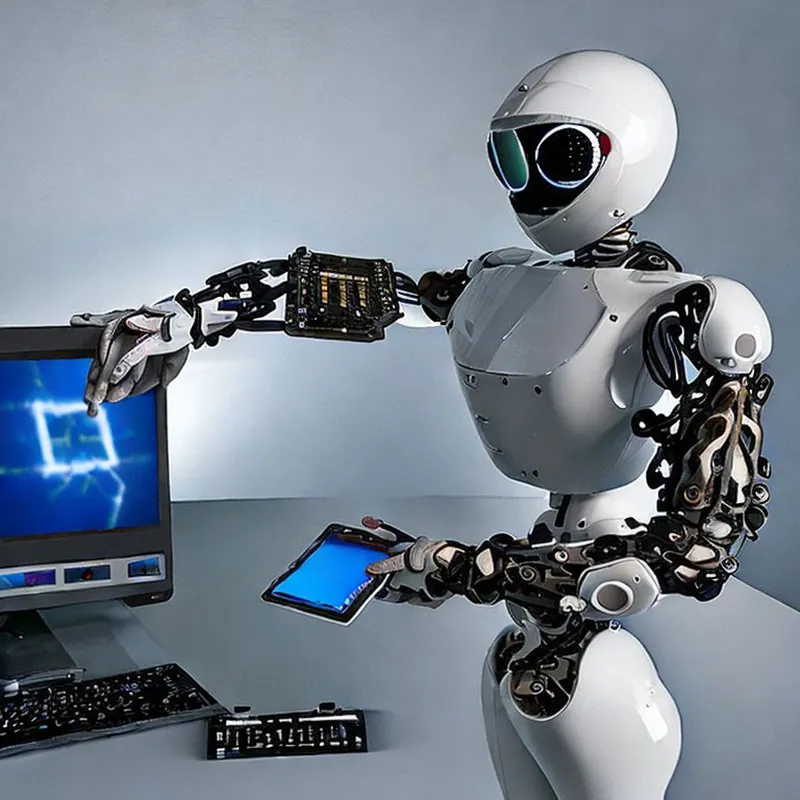Introduction
Gaming has evolved from simple pixelated screens to intricate virtual worlds that captivate players with immersive experiences. However, the evolution of gaming goes beyond graphics and storytelling. In recent years, a powerful force has been shaping the very fabric of games—artificial intelligence (AI). As AI advances, it’s not just transforming gaming; it’s turning it into interactive art. In this article, we’ll journey into the heart of this transformation, exploring how AI in gaming is revolutionizing gaming by infusing it with creativity, adaptability, and a touch of magic.
The Fusion of AI and Gaming
Traditionally, games were meticulously scripted, each character’s move and every storyline twist carefully crafted by human developers. AI has disrupted this convention, introducing an element of unpredictability and adaptability that mirrors the dynamism of real life. With AI algorithms, gaming environments and characters can react to player actions, crafting unique narratives that are impossible to replicate.
AI-Driven World Generation
Imagine a game world that isn’t static but continuously evolves based on player decisions. Thanks to AI-driven procedural content generation, this is becoming a reality. Games like “Minecraft” and “No Man’s Sky” leverage AI to create vast, ever-changing landscapes, giving players an endless frontier to explore. By analyzing player behavior, AI generates terrain, creatures, and challenges that ensure each playthrough is a new adventure.
Characters with Depth and Emotion
AI isn’t limited to crafting game environments; it’s also breathing life into virtual characters. Gone are the days of NPCs (non-player characters) following predictable paths. Today’s AI-powered characters exhibit emotions, respond to player choices, and adapt to circumstances. The critically acclaimed game “Red Dead Redemption 2” features AI characters that form relationships, remember interactions, and evolve over time. This dynamic interplay between player and AI character turns gaming into an interactive art form.
Adaptive Gameplay and Learning AI
AI opponents are no longer confined to rigid scripts. Machine learning allows AI to learn from player behavior and adapt strategies accordingly. Games like “Dota 2” and “StarCraft II” employ AI that studies human players’ tactics and devises strategies to counter them. This level of adaptability elevates the challenge, creating an experience that evolves with the player’s skills.
Unleashing Creativity through AI
AI has also found its place in the creative process of game development that is AI in gaming. Designers can use AI algorithms to assist in crafting levels, generating puzzles, and even composing music. Games like “Skyrim” showcase AI-generated quests that adapt to the player’s progress, providing a dynamic and engaging experience.
Conclusion: A New Era of Interactive Art
Gaming is transcending its traditional boundaries, transforming into interactive art through the infusion of AI. As AI technologies advance, games are becoming living, breathing worlds where creativity knows no limits. The fusion of AI and gaming is ushering in a new era where every action, every choice, and every playthrough is a canvas for interactive artistry. From procedurally generated landscapes to emotionally complex characters, the line between gaming and art is blurring, creating an exciting future where players aren’t just consumers, but co-creators in the realm of interactive art.

